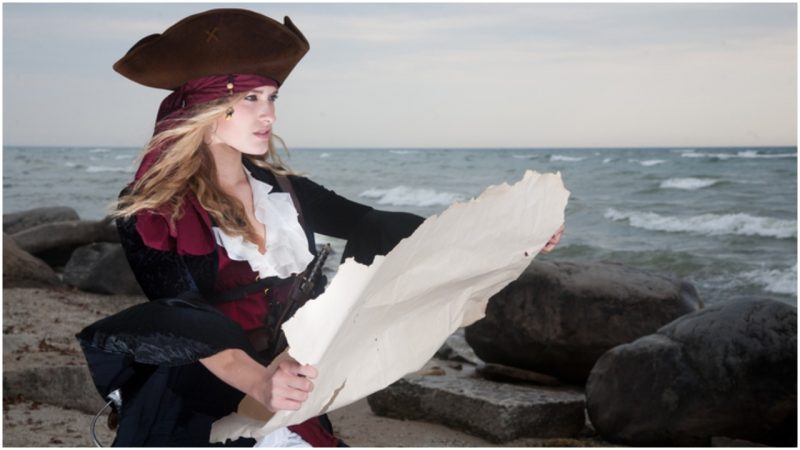Despite movies like Pirates of the Caribbean and books like Treasure Island, researchers do not think most pirates actually buried their treasure. This is mostly a fallacy of folklore that has been passed down from generation to generation. According to History Channel historian Evan Andrews, in reality, most pirates spent whatever booty they stole on the classic expenses of women and booze.
Some of the earliest pirates of note did temporarily bury their treasure. However, it was only for safekeeping.
Francis Drake, in 1573, raided a Spanish mule train and stole several tons of gold and silver. Afraid that his bounty would be stolen from him, he buried it off the coast of Panama. He even had guards watch the spot to ensure it wouldn’t be tampered with. However, according to Andrews, he came back shortly after and recovered his booty.
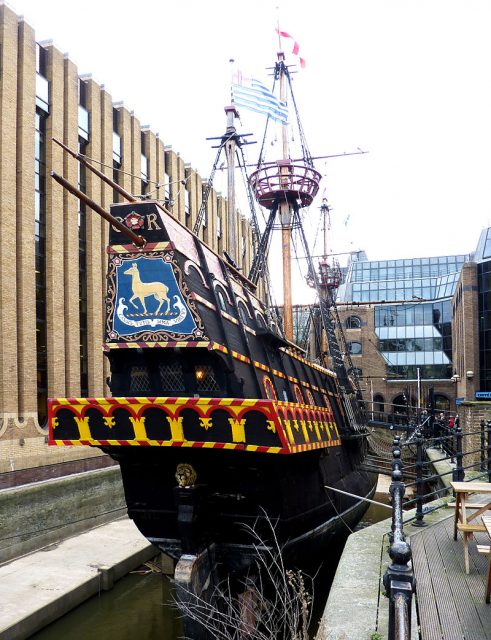
Another early pirate who was rumored to have buried millions of dollars worth of jewels and coins was Captain William Kidd. Kidd did indeed bury his treasure – but only so he would be able to escape the Boston police from capturing him.
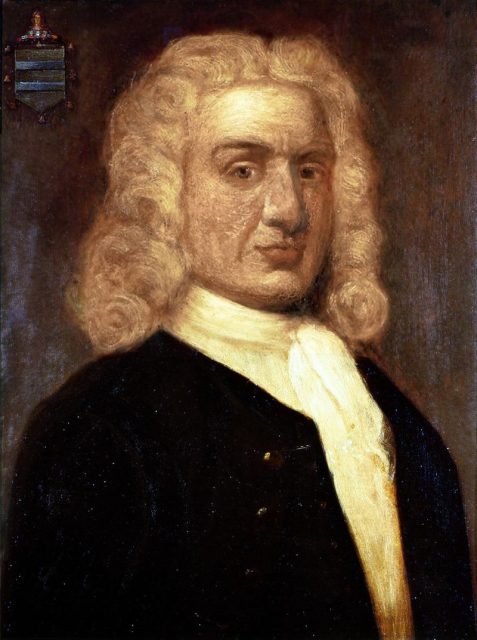
His plan was to evade the police and then come back for his booty. Sadly for Kidd, the police caught him and sent him back to London to be executed. The police then went to where his treasure was buried and confiscated it.
Typically, the things pirates took from ordinary travelers were not gold and silver. According to ThoughtCo, pirates usually took only a few necessary things. Of course they confiscated any alcohol. They also usually ended up drinking it rather quickly.
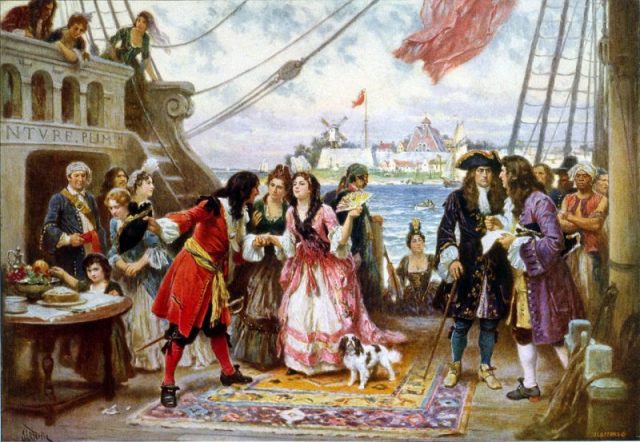
Often, pirates took off with items such as food, sugar, wood and cloth. Burying them would serve no purpose. Not only would the items go bad, but the pirates wouldn’t be able to use them if they were buried. No, the pirates used most of what they took from defenseless sailors and tradesmen.
According to Minster, pirates were famous for taking slaves as well. Many sailors traveled with slaves to help them during the journey. They would then sell them when they got to their destination. Pirates used slaves in the same way. The slaves were put to work on the pirate ships and when the ship reached an ideal market, the slaves would be sold or traded for valuable goods and money.
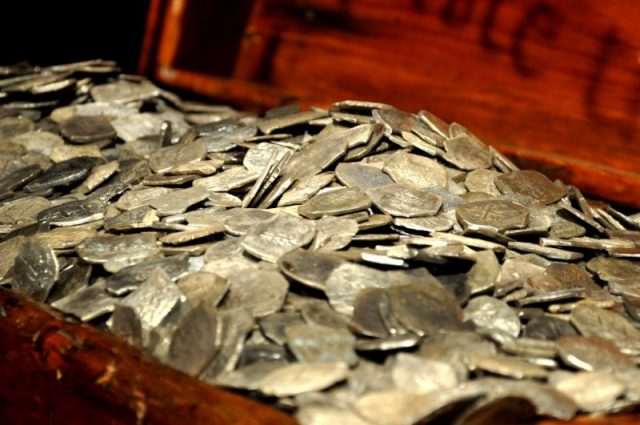
The idea that pirates buried their treasure is due largely to novels like Robert Louis Stevenson’s Treasure Island. Andrews tells us that this 1883 novel popularized the notion of buried treasure and of “X” marking the spot. However, this work of fiction is just that – fiction.
10 Bizarre Pirate traditions most people don’t know about
Most people accept the fact that there aren’t millions of dollars worth of pirates’ booty buried on beaches across the world. However, some still find the lure interesting and containing a small nugget of truth.
One example of this is the story of the Treasure of Lima. Allegedly, a British ship captain named William Thompson captured a haul of Spanish gold, silver, and jewels and buried it on the beach of Coco Island in Costa Rica. The treasure is rumored to be worth around $200 million today. So far, however, nobody has been able to find it.
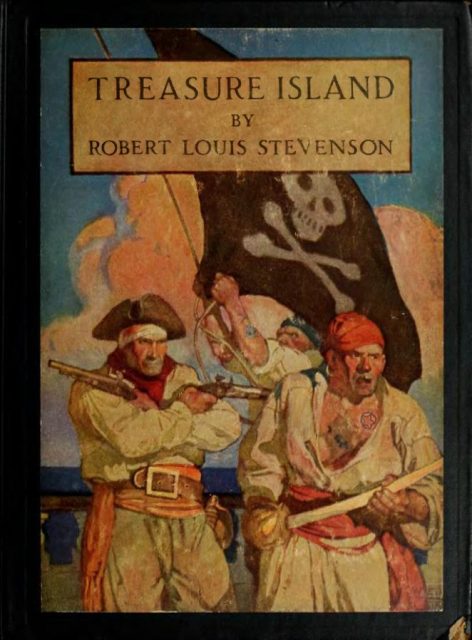
Believe it or not, piracy is making a comeback. According to CNBC, there are still hundreds of pirate attacks every year. The comeback seems to have started with the high-jacking of the Maersk Alabama off the coast of Africa in 2009.
Read another story from us: Pirate’s paradise – The maritime bases where thieves and villains ruled
Modern-day pirates engage in kidnapping for ransom, as well as robbery and hijacking. Asia leads the way with a reported 125 instances of piracy in 2016. However, Africa is still the pirates’ continent of choice. This may be because 90 percent of all African trade takes place at some point on the African waterways, making African ships ripe for pirates.
